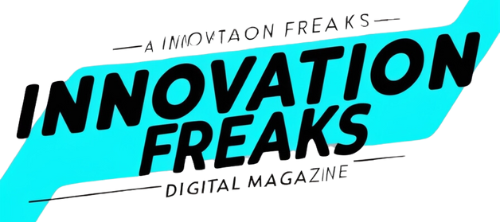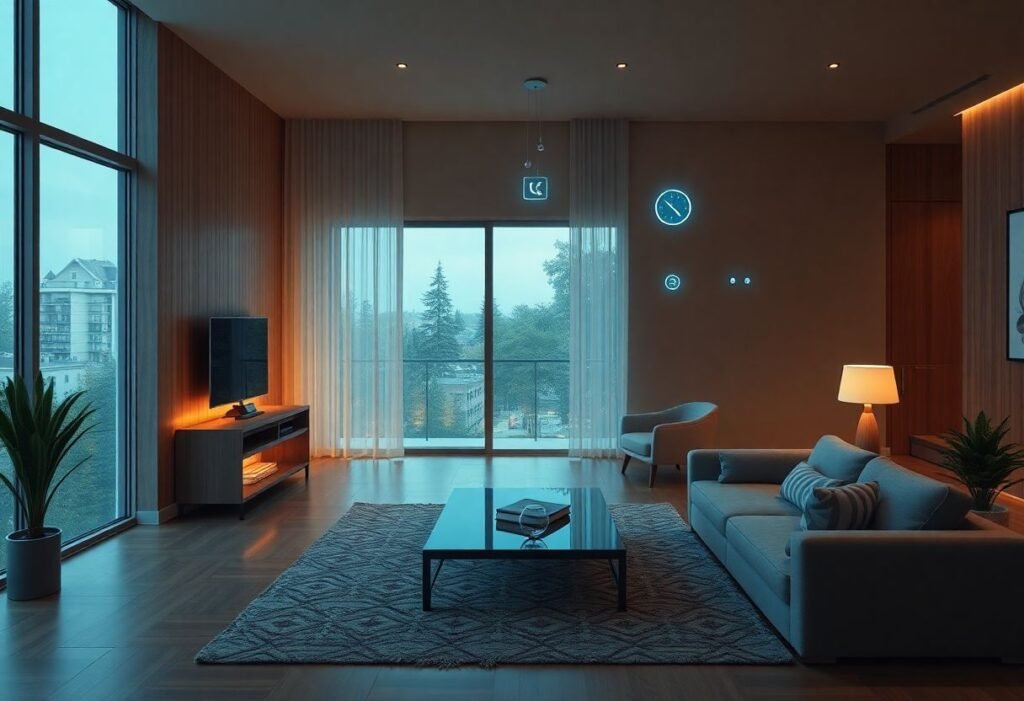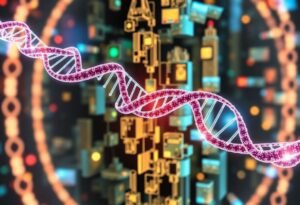The Internet of Things (IoT) is revolutionizing how we interact with our homes, ushering in a new era of innovation and convenience. The future of IoT in automated homes holds tremendous potential for enhancing our daily lives through smart devices and interconnected systems.
The Integration of Smart Devices
The seamless integration of smart devices serves as the backbone of automated homes. From smart thermostats to advanced security systems, these devices work together to create a cohesive, intelligent environment. As the IoT ecosystem grows, so does the capacity for homeowners to control their home functions via mobile applications or voice commands. This not only simplifies daily tasks but also promotes energy efficiency, making homes both smarter and greener.
Innovations in Home Security
Home security has become one of the primary focuses of IoT innovation. Advanced surveillance systems equipped with AI-driven analytics can now identify unusual activities in real-time, alerting homeowners instantly via their smartphones. Integration with other smart devices ensures that security measures are robust and responsive, providing peace of mind to homeowners. As technology advances, we can expect to see even more sophisticated systems that can deter crime and protect our loved ones.
Energy Efficiency and Sustainability
Energy efficiency is at the forefront of IoT applications in smart homes. Intelligent energy management systems can monitor usage patterns and adjust consumption accordingly. Smart meters and appliances not only help reduce energy bills but also contribute to a sustainable lifestyle by lowering carbon footprints. As more people adopt automated home technologies, the collective impact on sustainability could be significant, aiding in global efforts to combat climate change.
Remote Monitoring and Management
The ability to monitor and manage home activities remotely is a significant advantage of IoT. Homeowners can check the status of their devices, adjust settings, or receive notifications about critical conditions, such as water leaks or security breaches, all from their smartphones. This remote access allows for not only convenience but also enhanced control over home environments, making it easier to maintain comfort and safety.
Future Connectivity and Interoperability
The future of IoT in automated homes hinges on connectivity and interoperability. Ensuring that devices from different manufacturers work seamlessly together is crucial. Innovations in standards and protocols are paving the way for a more interconnected ecosystem, enabling various devices to communicate with one another. This could lead to more comprehensive home management systems that offer improved functionalities and ease of use, ultimately enhancing the user experience.
Challenges and Considerations
While the future of IoT in automated homes looks promising, challenges remain. Security remains a critical concern, as more devices mean more potential vulnerabilities. Homeowners must be proactive in securing their devices and networks to prevent unauthorized access. Moreover, issues of privacy and data management will need to be addressed, ensuring that consumers can trust the technologies they are integrating into their lives. Navigating these challenges will be essential for realizing the full benefits of smart homes.
Disclaimer: This article is intended for informational purposes only and does not constitute professional advice.





















